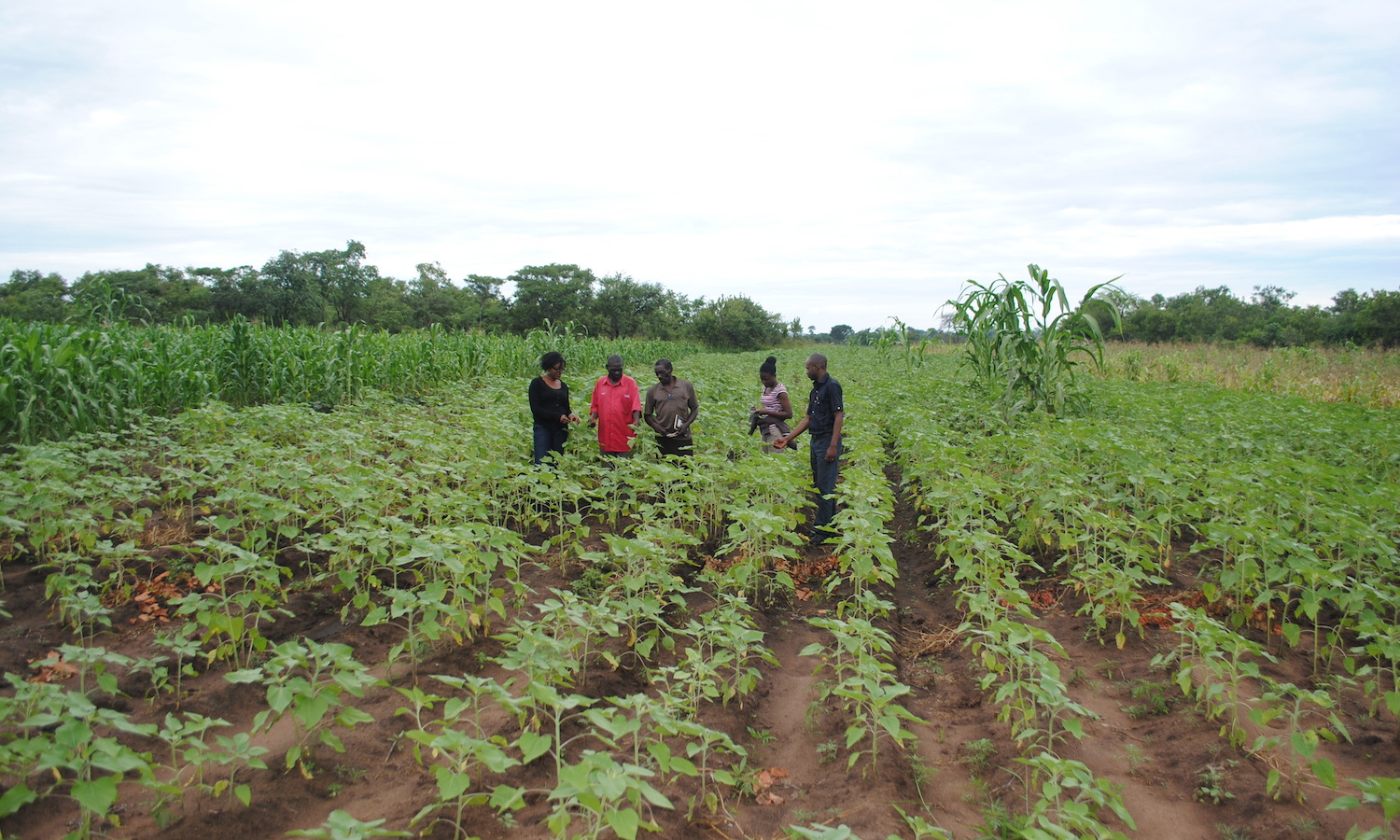As the conflict between Russia and Ukraine causes global fuel prices to rise, Malawians will face historical highs in fuel, food, and fertilizer costs, according to a recent policy brief from the MwAPATA Institute. Researchers from the independent agricultural policy think tank in Malawi suggest key actions the government and private sector can take to mitigate the impact of forthcoming shocks and provide growth opportunities.
The Russian Federation is the world’s second largest gas, and the third largest oil producer, accounting for 17 percent and over 10 percent of the global total, respectively, according to the U.S. Energy Information Administration (EIA). No matter where Malawians source their oil, they will face the detrimental impacts of high fuel prices across several sectors, the brief reports.
The authors of the policy brief find that the rise in fuel prices will lead to a precarious food security situation. Most food requires transportation to reach Malawian customers, so even people who do not travel by vehicles to obtain their food will experience the impacts of rising fuel costs.
The brief emphasizes that Malawi is particularly vulnerable to the rising costs of food resulting from the war. In 2018, 17 percent of Malawi’s food imports, including the majority of the country’s wheat, came from Russia–one of the world’s largest wheat producers. Authors also find that since the beginning of the war, the retail price of a 50 kilogram bag of wheat flour has risen from US$55 to approximately US$78, a 42 percent increase. The Malawian Ministry of Agriculture also expects its own food production will be lower than average this year, due to late rains and flooding.
And the cost of fertilizer, which already reached a historic peak prior to the Russian invasion, may continue to rise. Russia is the fourth largest producer of chemical fertilizers worldwide and Ukraine and Belarus are among major global producers. Along with increased fertilizer costs, researchers predict an eight to 10 percent reduction in the supply of fertilizer within the next year. In Malawi and worldwide, high food prices will drive fertilizer prices higher, and vice versa.
“The current spike in fertilizer prices highlights the already declining sustainability of a fertilizer-centric approach to agricultural production, let alone agricultural growth,” William J. Burke, Associate Professor of Agricultural, Food and Resource Economics at Michigan State University and the Acting Research Director of the MwAPATA Institute in Malawi, tells Food Tank.
But fertilizers will not only be expensive, they will also be in short supply on the world market. This is why the researchers recommend officials avoid delays in the procurement and delivery of the Affordable Inputs Program (AIP) for the upcoming growing season. The AIP is a 160 billion Malawian Kwacha (US$199.2 million) program implemented in 2020. It enables subsistence farmers to purchase farm inputs at a subsidized cost with the government paying over 70 percent of the cost.
To address rising fuel costs, the policy brief proposes that officials should agree on reforms that improve land, labor and fertilizer productivity for locally produced maize and legumes. This may help decrease the necessity to transport as much food from overseas, and may mitigate the impact of high food prices for Malawians.
“Increasing productivity of land, labor and other inputs (including fertilizer) requires greater attention to soil health. The added urgency from skyrocketing fertilizer prices could spark long-needed change, like tying fertilizer subsidies to more integrated soil fertility management and encouraging production of more than staple grains,” Burke tells Food Tank.
The authors of the brief also suggest that, instead of relying as heavily on agricultural imports, the Malawian government should invest in producing more locally grown commodities. They argue that government and donor actions should facilitate a shift away from a limited focus on maize cultivation and imported wheat products. Instead, they hope to see increased support for production and consumption of locally produced wheat and maize alternatives, including cassava, sorghum, rice, and potatoes.
Based on interviews with farmers, authors of the brief also advise further support for Dimba/winter cropping in areas where Cyclone Ana has struck. The harvest of Dimbas—smallholder wetland gardens—usually follows floods, which sweep fertilizer from the uplands and deposit them in dimba areas. These, the report says, play a crucial role in rural livelihood security and in resilience to economic shocks and are important to maintain.
“Not one person will be unaffected by rising fuel, food and fertilizer prices,” Burke tells Food Tank, “However, for governments that act early and swiftly, some of the pain is avoidable.”
Articles like the one you just read are made possible through the generosity of Food Tank members. Can we please count on you to be part of our growing movement? Become a member today by clicking here.
Photo courtesy of the MwAPATA Institute











